Gallery 2
‘Perhaps what one wants to say is formed in childhood and the rest of one’s life is spent trying to say it. I know that all I felt during the early years of my life in Yorkshire is dynamic and constant in my life today.’ Barbara Hepworth
Hepworth in Yorkshire
Jocelyn Barbara Hepworth was born in Wakefield on 10 January 1903. Her father was a civil engineer who became County Surveyor for the West Riding. Hepworth accompanied him on inspections around the county, and her recollections reflect a world in the throes of technological innovation, when a motorised vehicle was relatively rare: ‘At the furious pace of about 25 miles per hour and being very careful not to disturb the horses and drivers of their carts, we roamed through the dales and valleys and up the moors, and through the Pennines. From the deep indigo and blacks and scarlets of the industrial heart we sailed through unimaginable beauty of unspoiled countryside.’ She would later describe these early experiences in sculptural terms: ‘Moving through and over the West Riding landscape with my father in his car, the hills were sculptures; the roads defined the forms’.
Hepworth attended Wakefield Girls’ High School, where the headmistress, Miss McCroben, introduced her to sculpture: ‘At the age of 7 I sat in the lecture hall of a school of 600 girls with tightened nerves & muscles gazing on slides of the Pyramids, Greek temples & ancient sculptures. That first vision of “form” between heaven & earth never leaves me.’
Encouraged by McCroben to take the Junior County Scholarship exam to attend Leeds School of Art, Hepworth began her studies at Leeds in 1920, at the age of 17.
Take a tour of Barbara Hepworth: Art & Life with Google Arts & Culture
An Expanding World
In 1921 Hepworth won a scholarship to study at the Royal College of Art, entering what she described as ‘an expanding world’. While most sculpture at this time was made by modelling in clay, Hepworth was probably also taught some stone or wood carving, reflecting the rise in ‘direct carving’, in which the artist cut directly into the sculptural material.
Hepworth embraced this practice after graduating, while in Italy on a West Riding travel grant. Here she met fellow artist John Skeaping who had won the Prix de Rome. They travelled together through Tuscany in early 1925 and fell in love, marrying in Florence in May 1925. Hepworth joined Skeaping in his training with a marble craftsman,learning ‘that it was not dominance which one had to attain over material, but an understanding, almost a kind of persuasion, and above all greater coordination between head and hand’.
Hepworth and Skeaping returned to London in 1926 and began to establish their careers, moving to the Mall Studios, Hampstead in 1928, where they lived alongside other contemporary artists. As Hepworth’s reputation grew, so did her family. She remembered this as ‘a wonderfully happy time. My son Paul was born [in 1929] and, with him in his cot, or on a rug at my feet, my carving developed and strengthened’. Hepworth’s sculpture began to be more abstract, as she wrote in 1930: ‘My trend is towards generalisation; but I have not dispensed with representation entirely; as I find that it is possible to take a pebble of fine and simple shape and carve in addition a sequence of planes suggestive of the human form.’
Take a tour of Barbara Hepworth: Art & Life with Google Arts & Culture
Shop
Barbara Hepworth: Art & Life by Eleanor Clayton. Buy online












